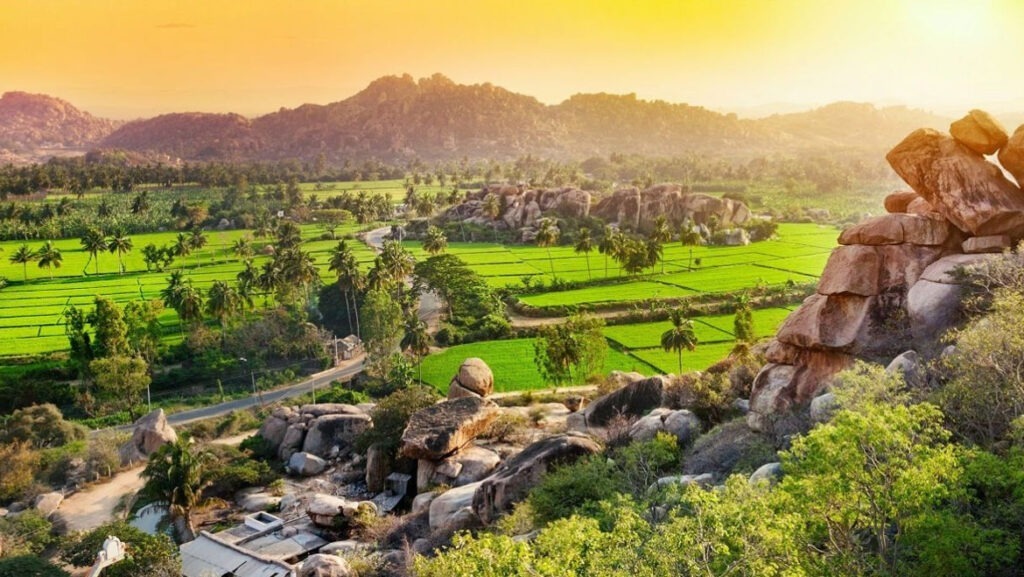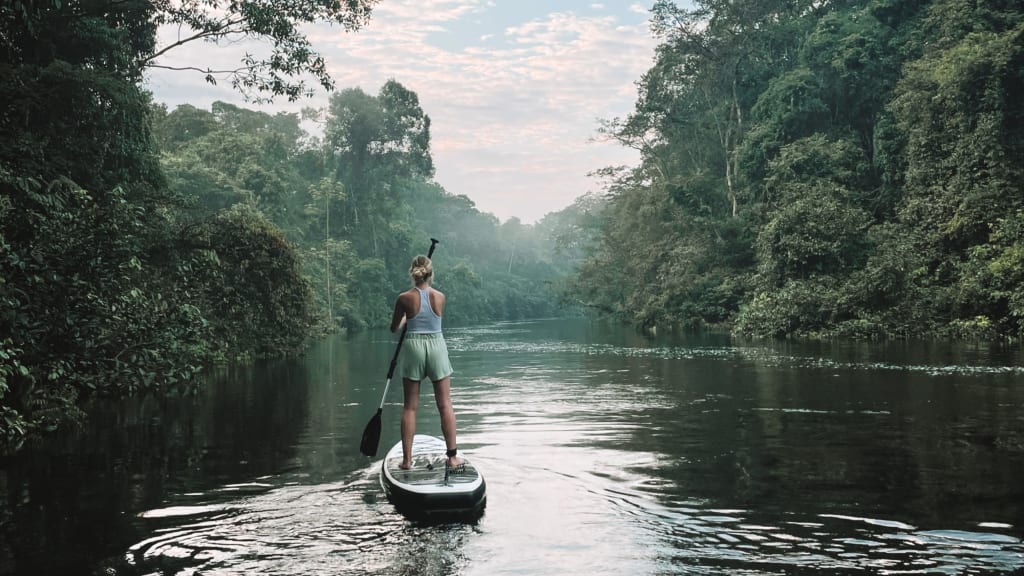Ecotourism is more than just a trend; it’s a responsible way to explore the world. By choosing ecotourism, travelers can enjoy breathtaking natural beauty while supporting conservation efforts and local communities. Here are the top 10 ecotourism destinations you need to visit.
1. Costa Rica
Overview
Costa Rica is a pioneer in ecotourism, known for its rich biodiversity and stunning natural parks.
Highlights
Corcovado National Park: Home to a variety of wildlife including jaguars, scarlet macaws, and tapirs.
Monteverde Cloud Forest: Famous for its cloud cover and diverse plant species.
2. Galápagos Islands, Ecuador
Overview
The Galápagos Islands are a UNESCO World Heritage site, renowned for their unique wildlife and pristine environments.
Highlights
Charles Darwin Research Station: A must-visit for understanding the islands’ ecological significance.
Isabela Island: Offers opportunities to see marine iguanas, penguins, and blue-footed boobies.
3. Norway
Overview
Norway’s commitment to sustainability and its stunning natural landscapes make it a top ecotourism destination.
Highlights
Fjord Norway: Known for its dramatic fjords, waterfalls, and hiking trails.
Svalbard: An Arctic archipelago ideal for viewing polar bears and the Northern Lights.
4. Kenya
Overview
Kenya is synonymous with wildlife safaris and conservation efforts.
Highlights
Maasai Mara National Reserve: Famous for the Great Migration and abundant wildlife.
Nairobi National Park: Offers a unique safari experience with the city skyline in the background.
5. Iceland
Overview
Iceland’s unspoiled landscapes and commitment to renewable energy make it a standout ecotourism destination.
Highlights
Thingvellir National Park: A site of historical, cultural, and geological significance.
Vatnajökull National Park: Features the largest glacier in Europe and numerous volcanic features.
6. Borneo, Malaysia

Overview
Borneo is known for its lush rainforests and diverse wildlife, including the endangered orangutan.
Highlights
Kinabatangan River: Offers river cruises to see wildlife like pygmy elephants and proboscis monkeys.
Danum Valley: A conservation area with pristine rainforest and numerous bird species.
7. Palau
Overview
Palau is a paradise for marine life enthusiasts, with some of the best diving spots in the world.
Highlights
Rock Islands Southern Lagoon: A UNESCO World Heritage site with stunning marine biodiversity.
Jellyfish Lake: Snorkel with harmless jellyfish in this unique marine lake.
8. Bhutan
Overview
Bhutan’s approach to tourism is “high value, low impact,” focusing on preserving its culture and environment.
Highlights
Paro Taktsang (Tiger’s Nest Monastery): A breathtaking cliffside monastery.
Phobjikha Valley: Known for its scenic beauty and as a wintering ground for the endangered black-necked cranes.
9. New Zealand
Overview
New Zealand is a leader in sustainable tourism, with diverse landscapes ranging from beaches to mountains.
Highlights
Fiordland National Park: Famous for its fjords, including Milford Sound.
Tongariro National Park: Offers volcanic landscapes and cultural significance.
10. Namibia
Overview
Namibia’s vast deserts and commitment to wildlife conservation make it a unique ecotourism destination.
Highlights
Etosha National Park: Known for its salt pan and abundant wildlife.
Namib Desert: Home to towering sand dunes and unique desert-adapted species.
Final Words
Ecotourism allows you to explore some of the most beautiful places on Earth while supporting conservation and local communities. These top 10 destinations offer unique experiences and opportunities to connect with nature in a responsible way.
FAQs
1. What is ecotourism?

Ecotourism is responsible travel to natural areas that conserves the environment, sustains the well-being of local people, and involves interpretation and education.
2. Why is Costa Rica famous for ecotourism?
Costa Rica is famous for its extensive national parks, rich biodiversity, and strong commitment to environmental conservation and sustainability practices.
3. What makes the Galápagos Islands unique?
The Galápagos Islands are unique due to their isolated location, which has led to the development of species found nowhere else on Earth, making them a living museum of biodiversity.
4. How does Iceland promote sustainable tourism?
Iceland promotes sustainable tourism through the use of renewable energy, the preservation of natural landscapes, and encouraging eco-friendly travel practices among visitors.
5. What are the benefits of ecotourism?
The benefits of ecotourism include supporting conservation efforts, promoting sustainable development, educating travelers about environmental issues, and benefiting local economies.













